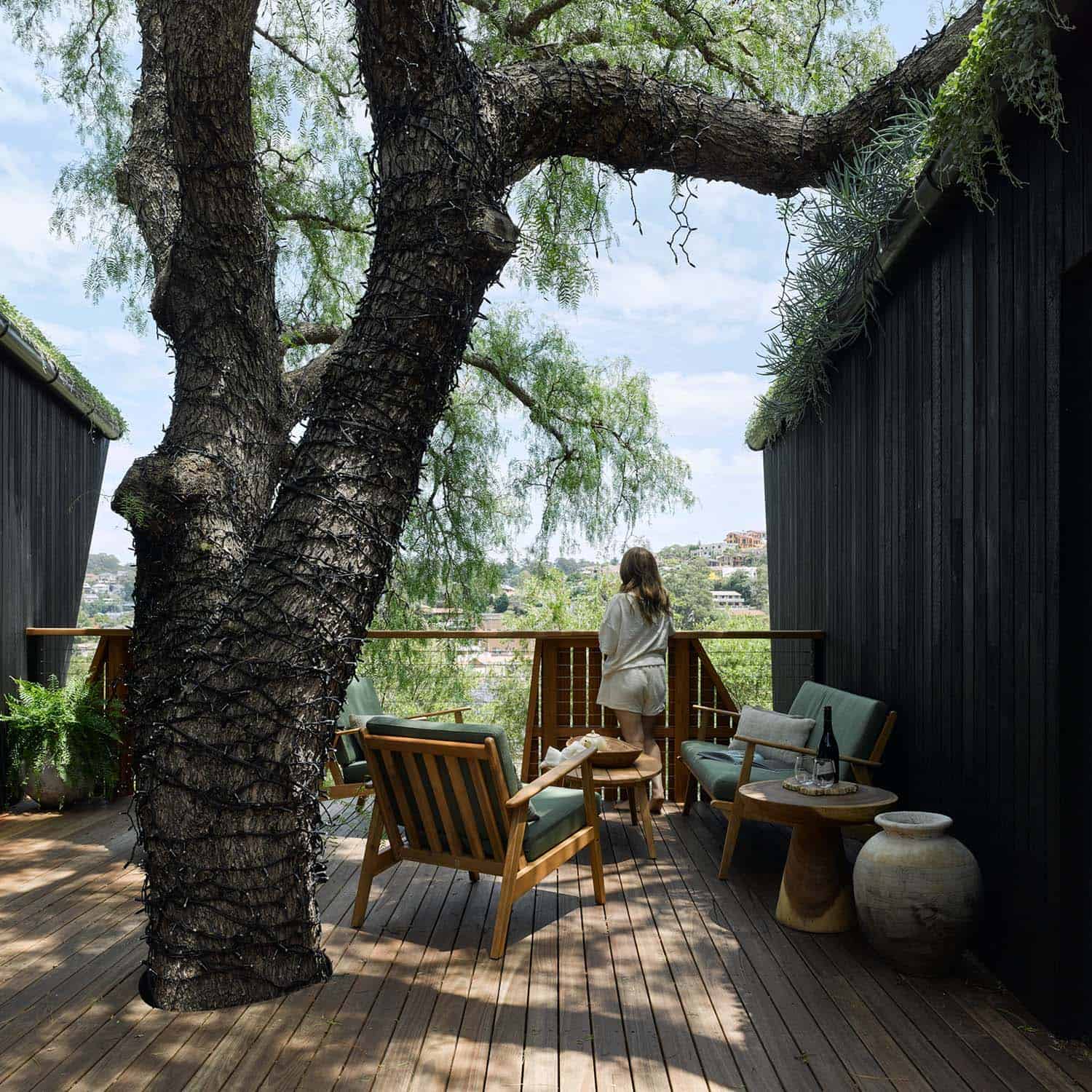
This passive house is a sustainable family dwelling designed by Alexander Symes Architect, located in Illawarra, a suburb of Sydney in New South Wales, Australia. Compact in design, this home was built to the highly rigorous Passive House standard, the most sustainable building standard in the world.
Created to be nestled within the canopy of a Pepper Tree, this central feature provides a unique element to the home. The existing home was in need of a major overhaul. While the brick facade was dated and thermally inefficient, the interior layout of the home functioned well for this young family.
DESIGN DETAILS: ARCHITECT Alexander Symes Architect BUILDER Souter Built INTERIOR DESIGN Paiano Design STRUCTURAL ENGINEER Northrop LANDSCAPE ARCHITECT Grant Clement COUNCIL Wollongong City Council
As a response, the scope of this project entailed an update to the external envelope of the existing home – including new insulation where practical, a ventilated timber screen facade, new skylights, a wrap-around deck, and solar panel pergola – and a striking secondary dwelling was designed around the 60-year-old Pepper Tree in the steeply sloping and under-utilized backyard.
The secondary dwelling was envisioned as a 24-hour space; used as a home office by the family’s growing business during the day, and a short-term stay cabin at night.
Designed and built to meet the Passive House standard, the short-term stays allow visitors to experience the higher quality of space that the Passive House standard affords while creating a future-proofed studio with western views of Mount Kembla and the treetops outside.
Each wing of the secondary dwelling hosts an endemic-planted green roof, allowing the biodiversity of the site to be regenerated despite the extended building footprint created.
The secondary dwelling provides a much-needed separate office space for the owners’ growing company, as well as providing space for guest accommodation and being geared for short-stay accommodation.
The works to the existing home improve the thermal comfort of the space and create new entertaining spaces throughout.
Between the natural and raw material palette including extensive timber use, endemic rooftop gardens, and tree canopy deck, the biophilic connection of the entire site is strengthened with its immediate environment.
Salvaged and ‘waste’ materials were used throughout, helping reduce the environmental impact of the project without sacrificing material quality. Meeting the Passive House standard and inclusion of a 12kW photovoltaic panel system means that the project’s overall grid energy consumption is only 14% of a comparable-sized home (i.e. an 86% reduction), significantly reducing the lifetime cost to the homeowners (both economic and environmental costs).
As opposed to thermally upgrading 1,722 square feet (160 square meters) to the passive house standard, only 646 square feet (60 square meters) will actually be comfortable in future peak climatic conditions. This approach provides a precedent for creating small future-proofed additions so that we can be climate adaptive without the massive cost of upgrading all existing dwellings.
A Life-Cycle Assessment was conducted that showed despite the higher amount of embodied energy associated with Passive House construction, due to the small, high-performance building envelope, low-embodied carbon material selection and significant on-site generated & exported renewable energy, the building’s environmental footprint is 64% less than a comparable built-as-usual home in the same climate zone.
What We Love: Centered around a large tree, this unique home features multi-functional living spaces in a compact footprint. Furnishings are tucked neatly out of the way for circulation when not accommodating overnight guests. We are especially loving how the pepper tree was preserved and integrated into the design as a natural element that can be used for shelter and ambiance (with its string lights) when the sun goes down.
Tell Us: What are your overall thoughts on the design of this sustainable home? Let us know in the Comments below!
Note: Be sure to check out a couple of other spectacular passive house tours that we have highlighted here on One Kindesign: Off the grid: A compact passive house design in Maine and Passive solar home in Park City, Utah integrated in the hillside.
PHOTOGRAPHER Barton Taylor



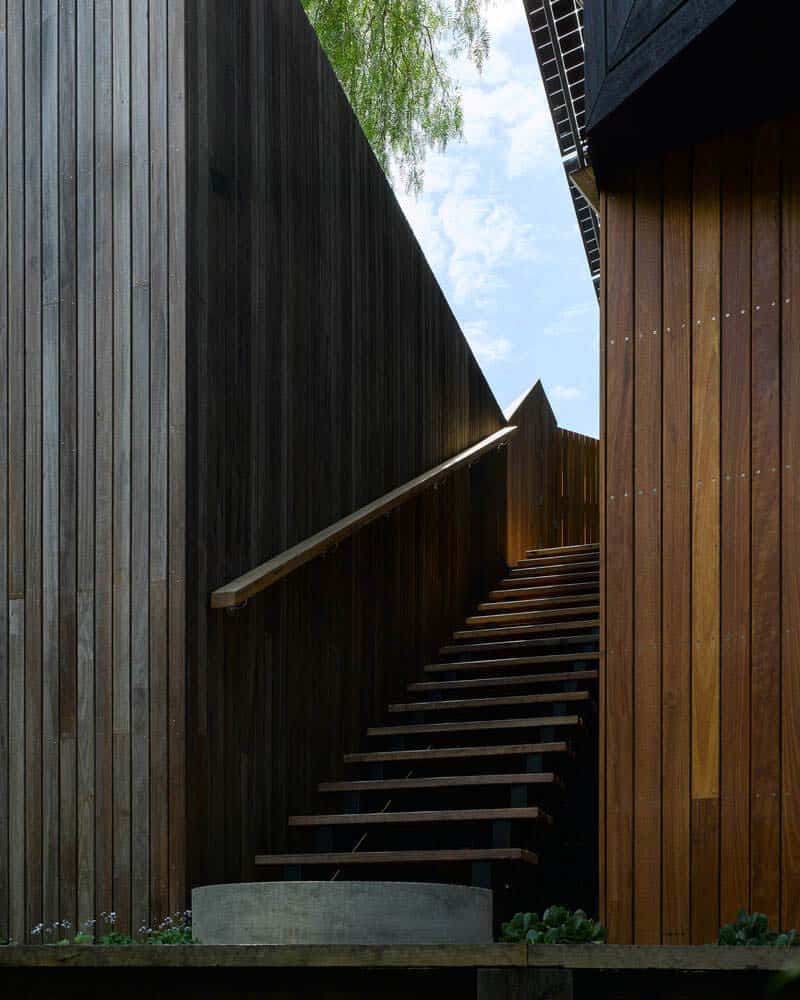
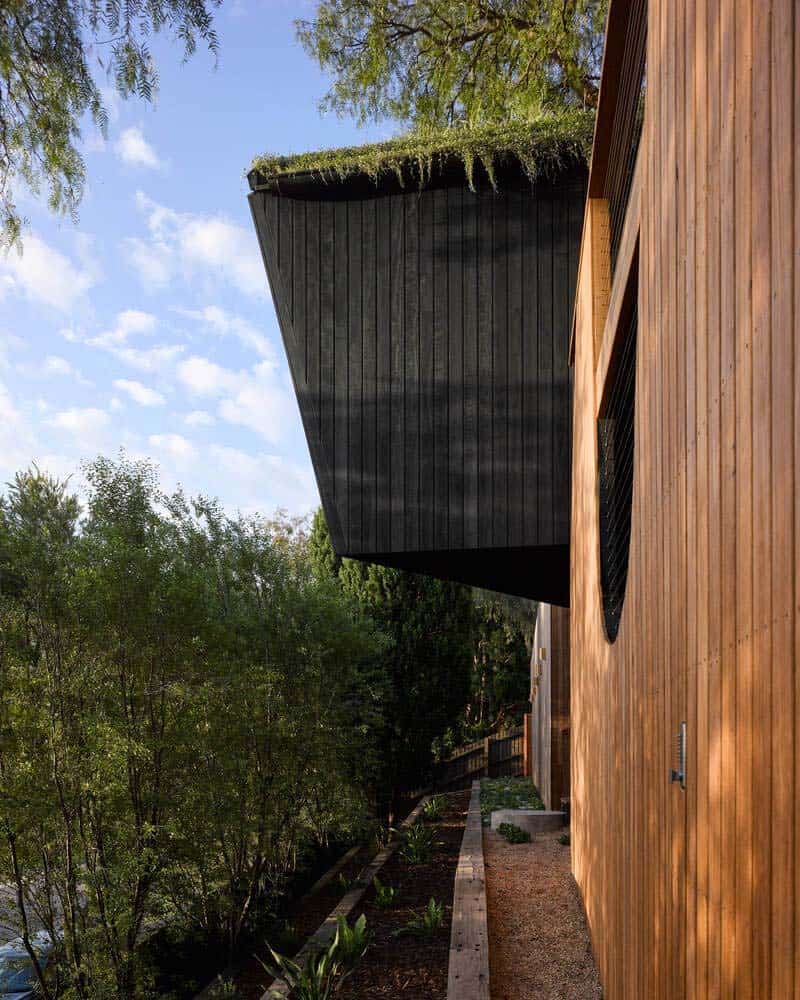
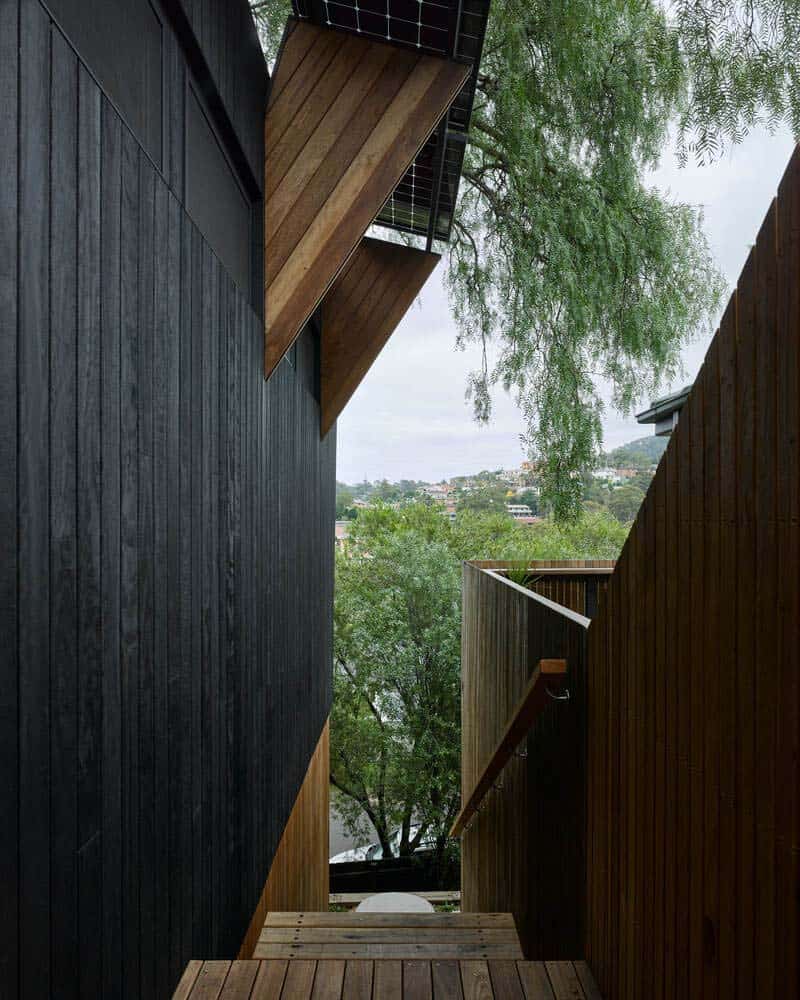
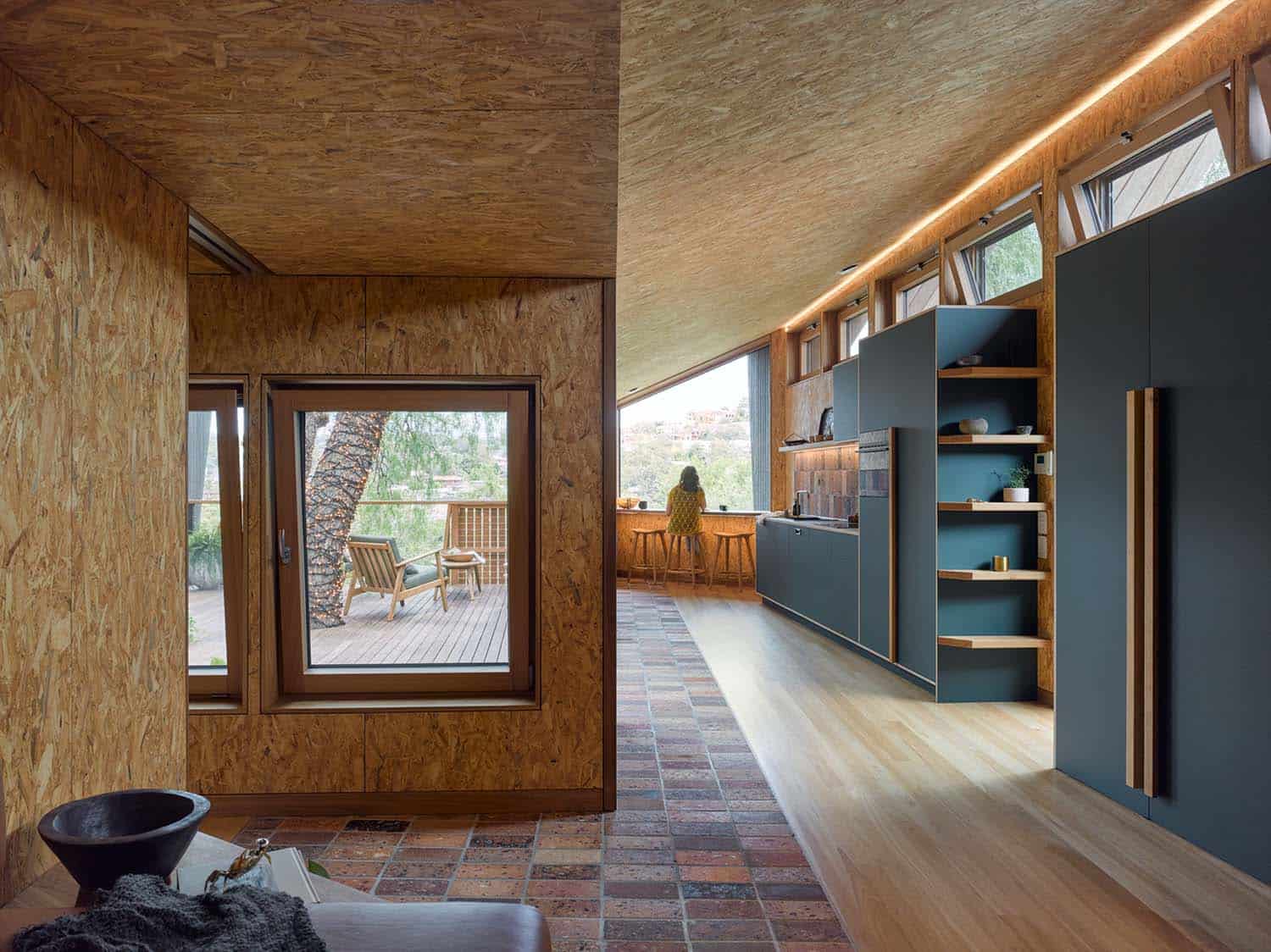
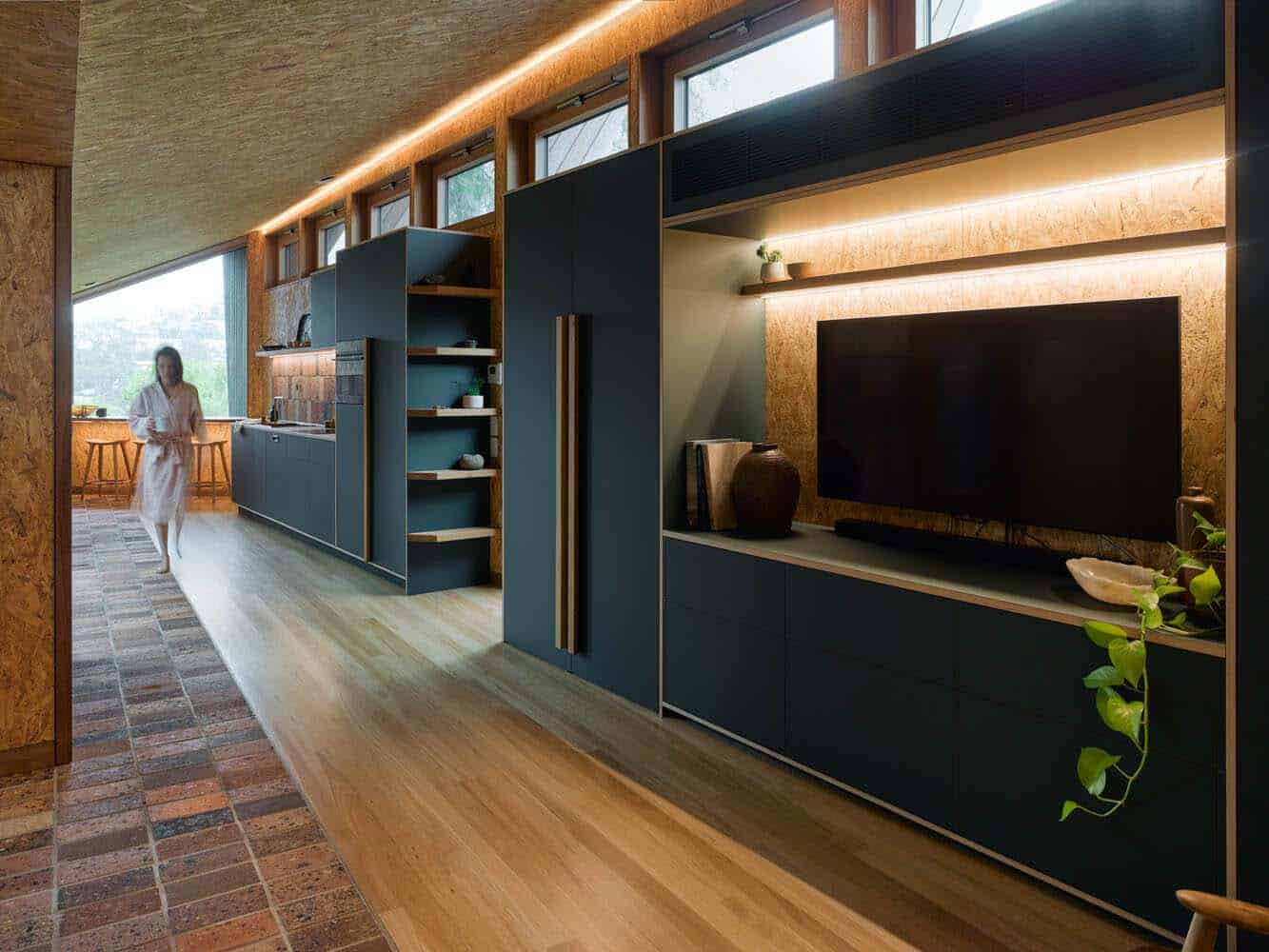
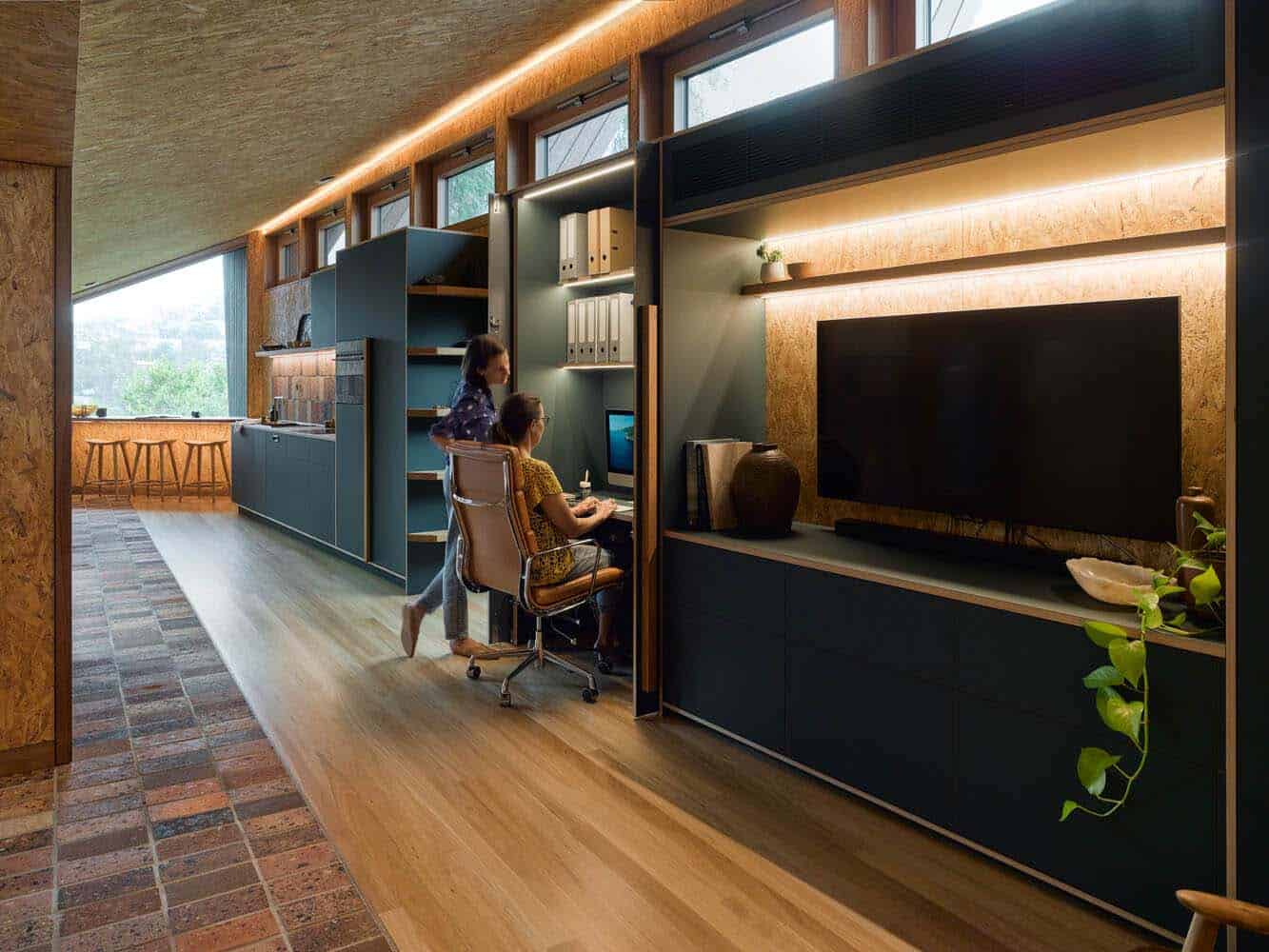
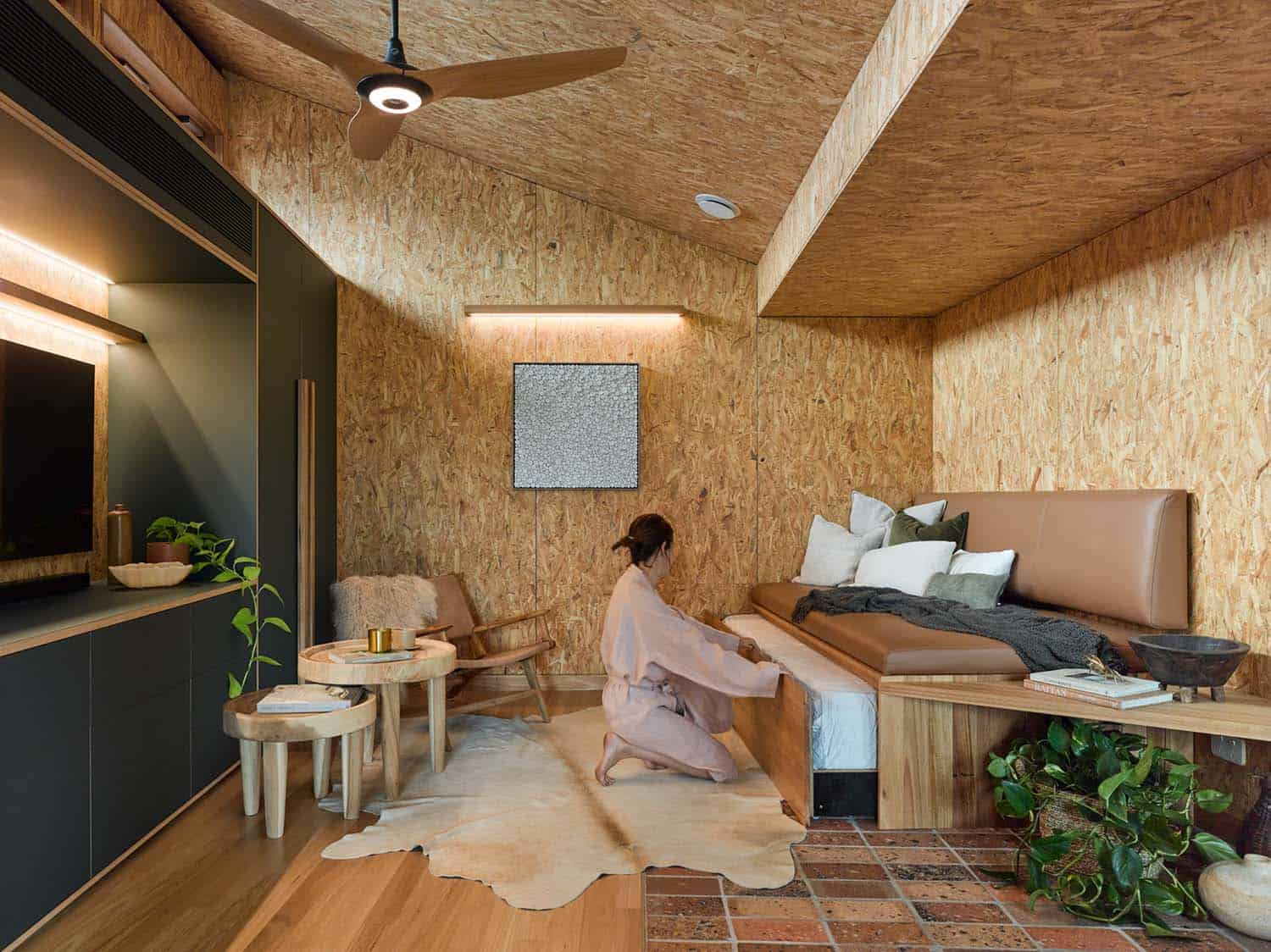
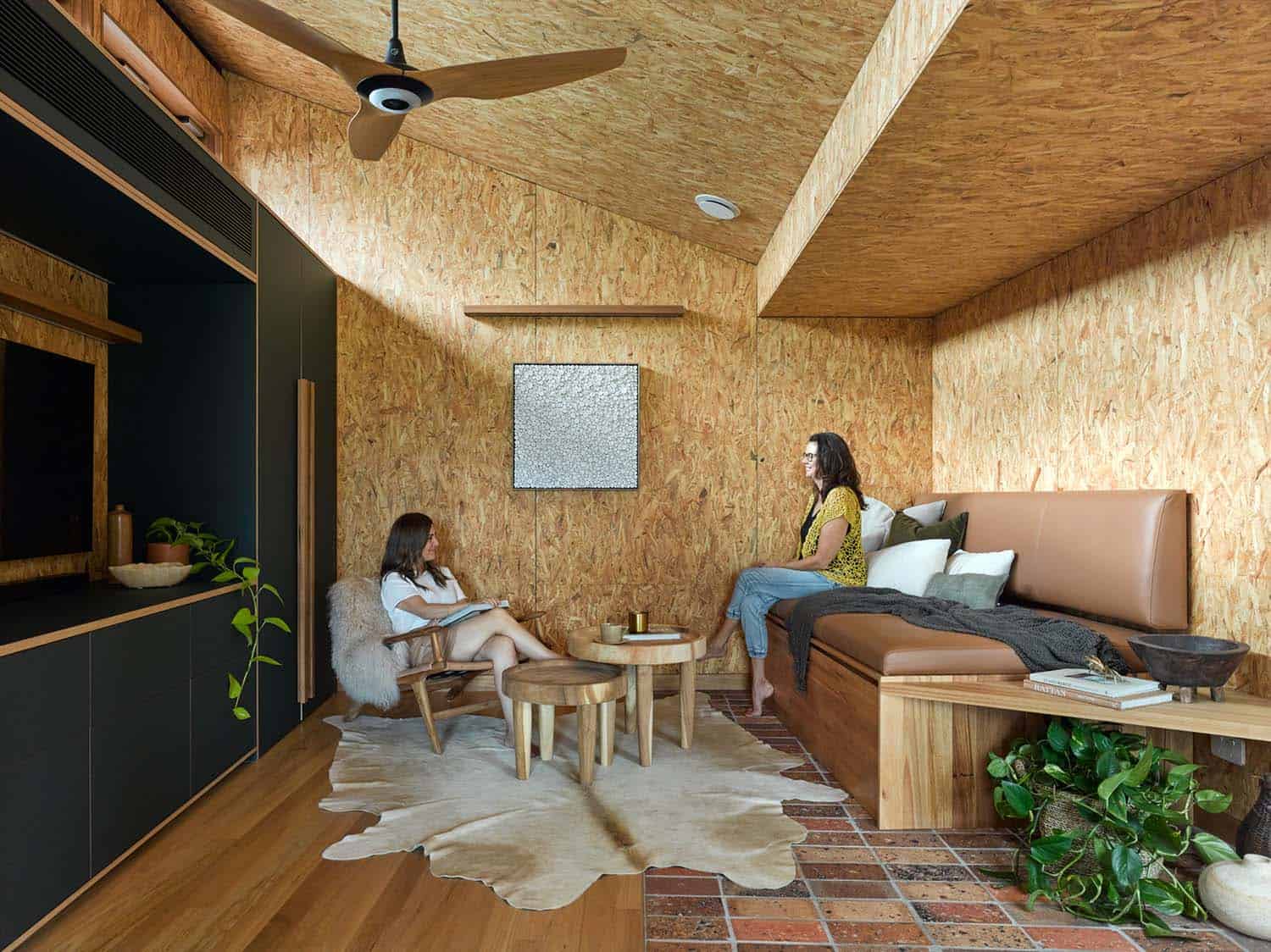
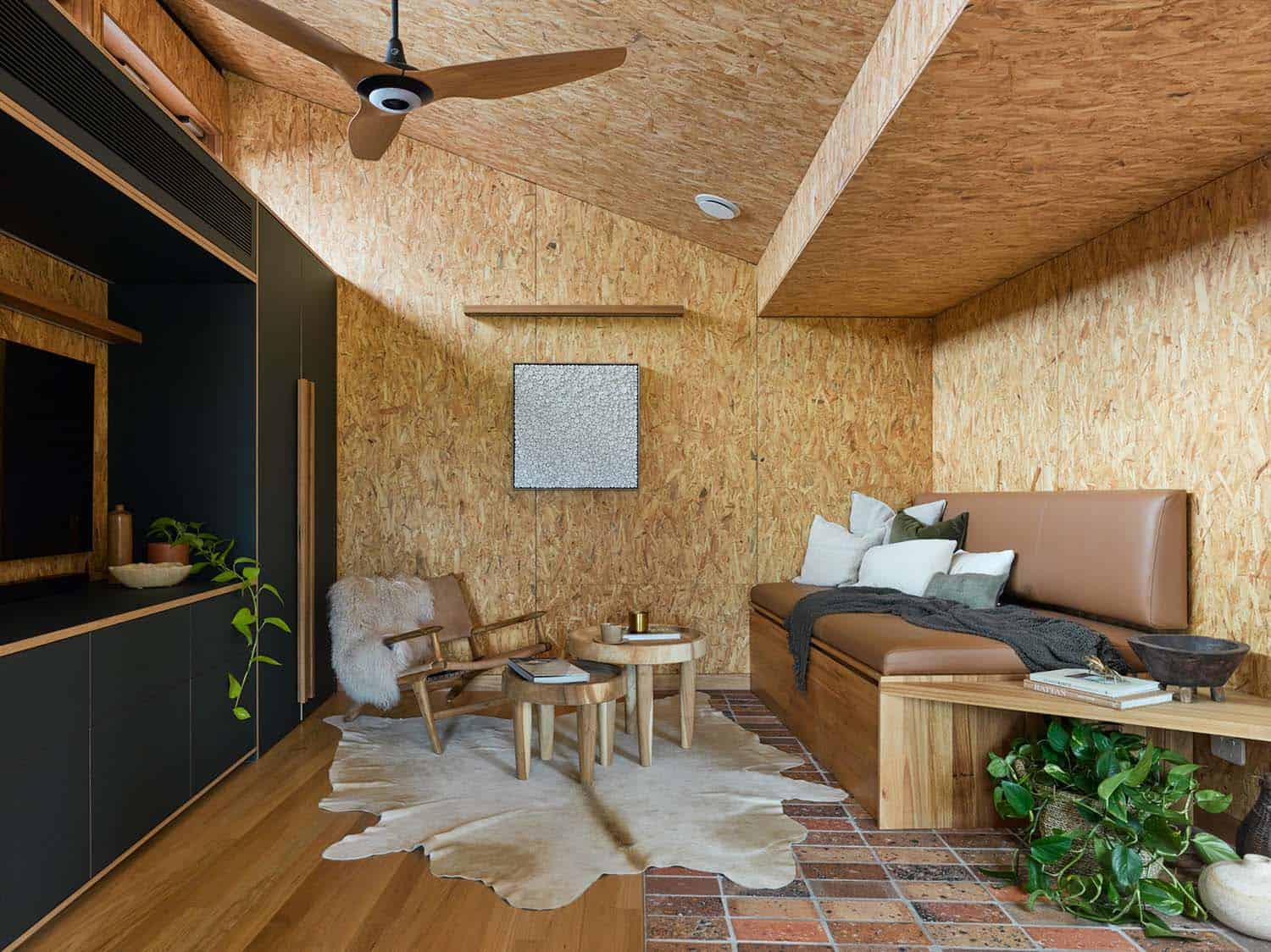
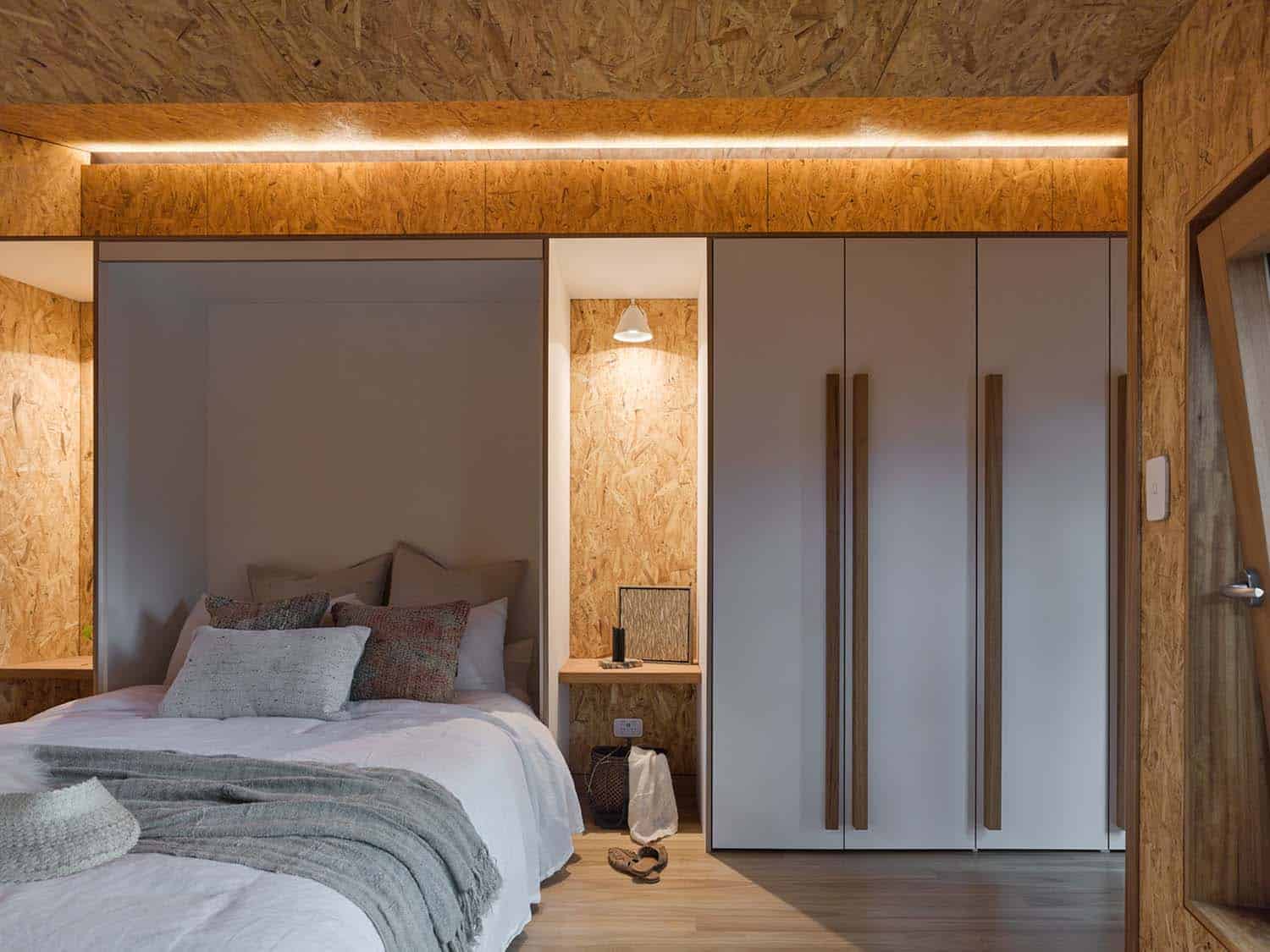
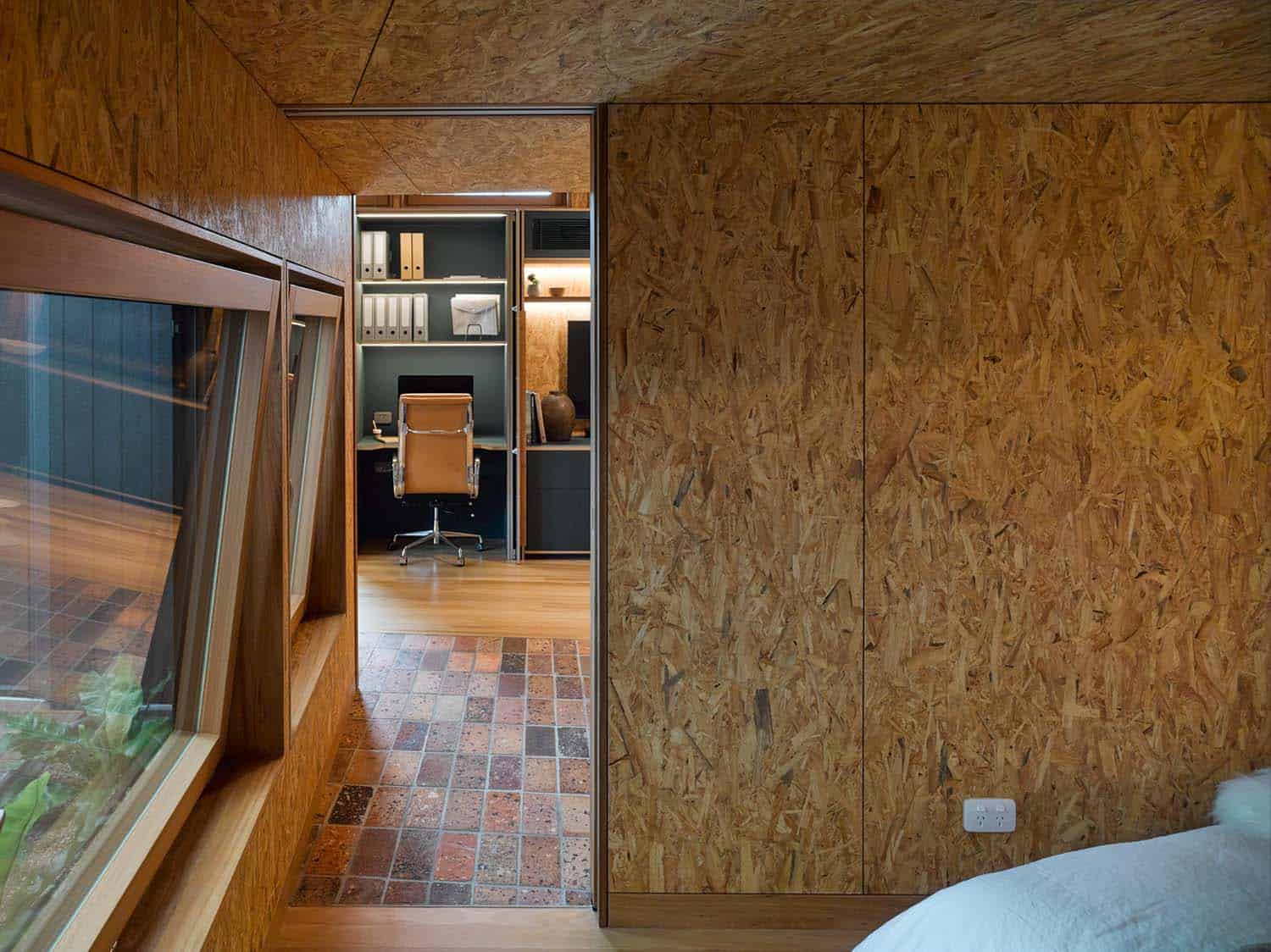
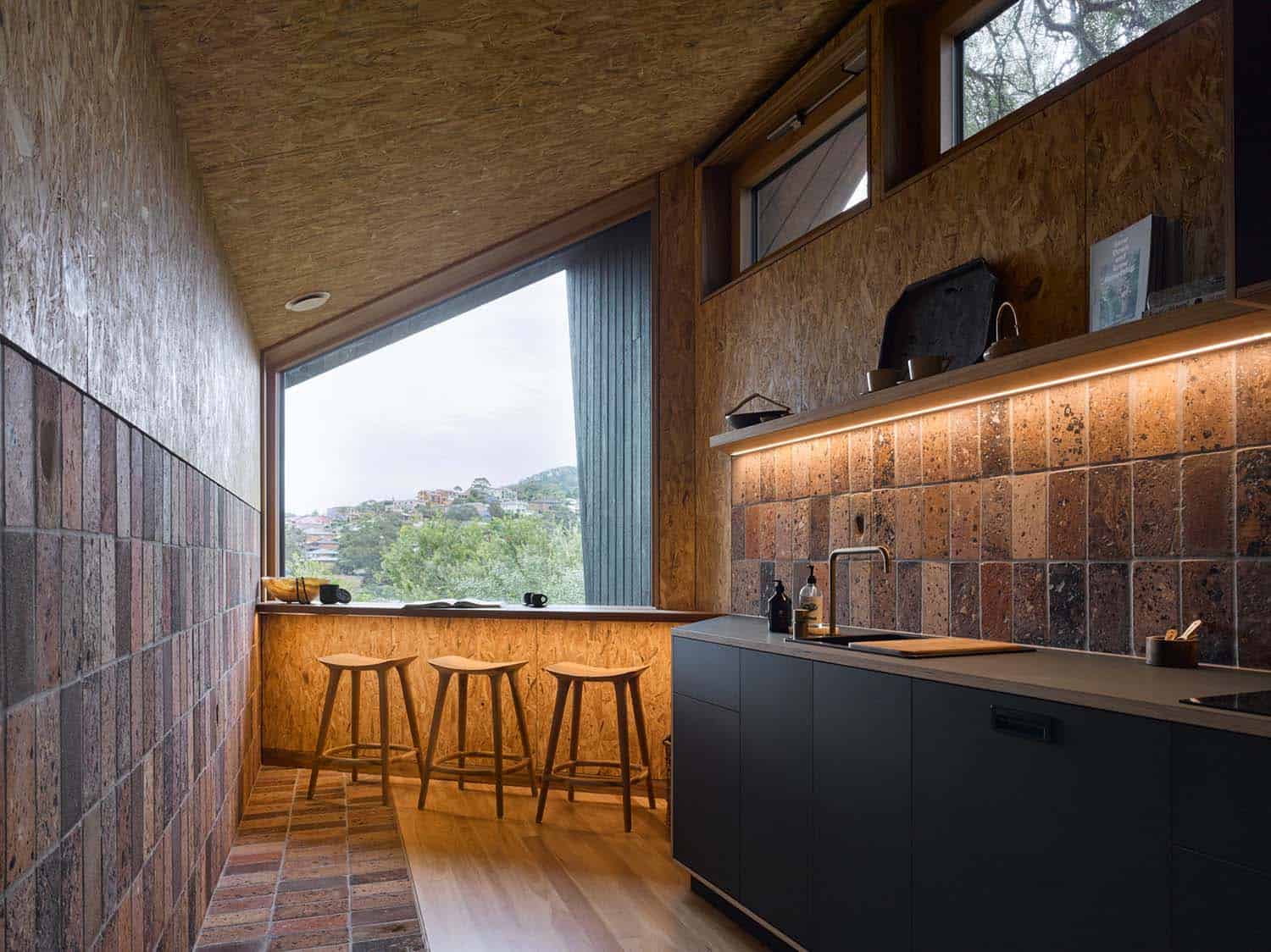
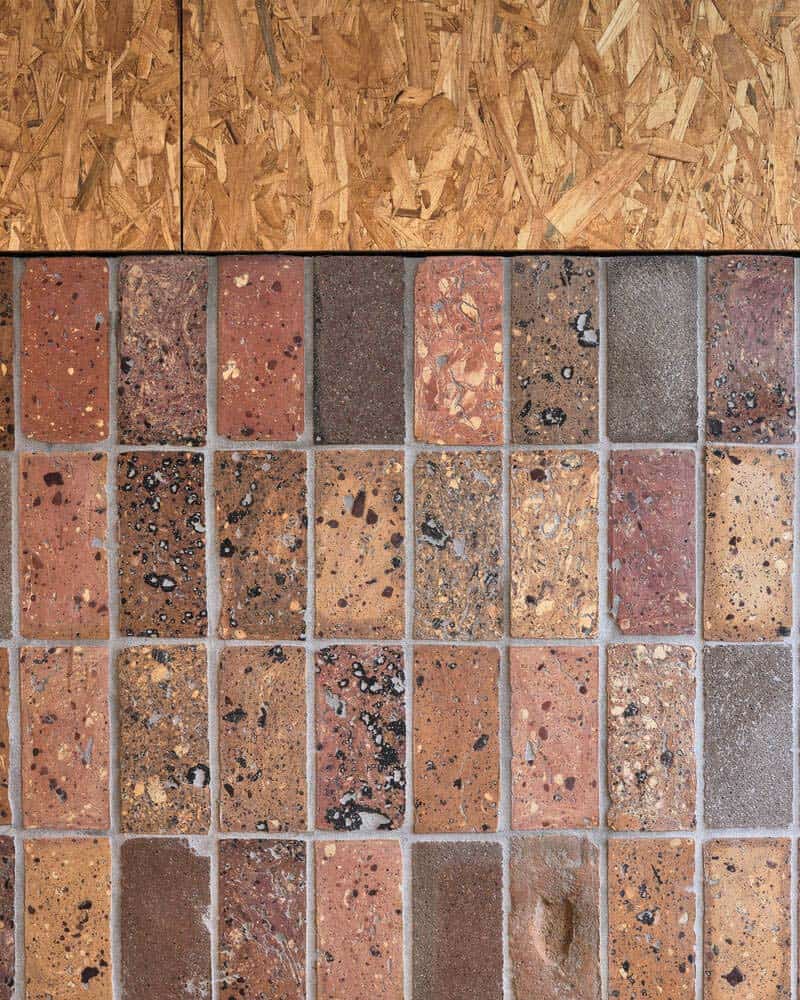
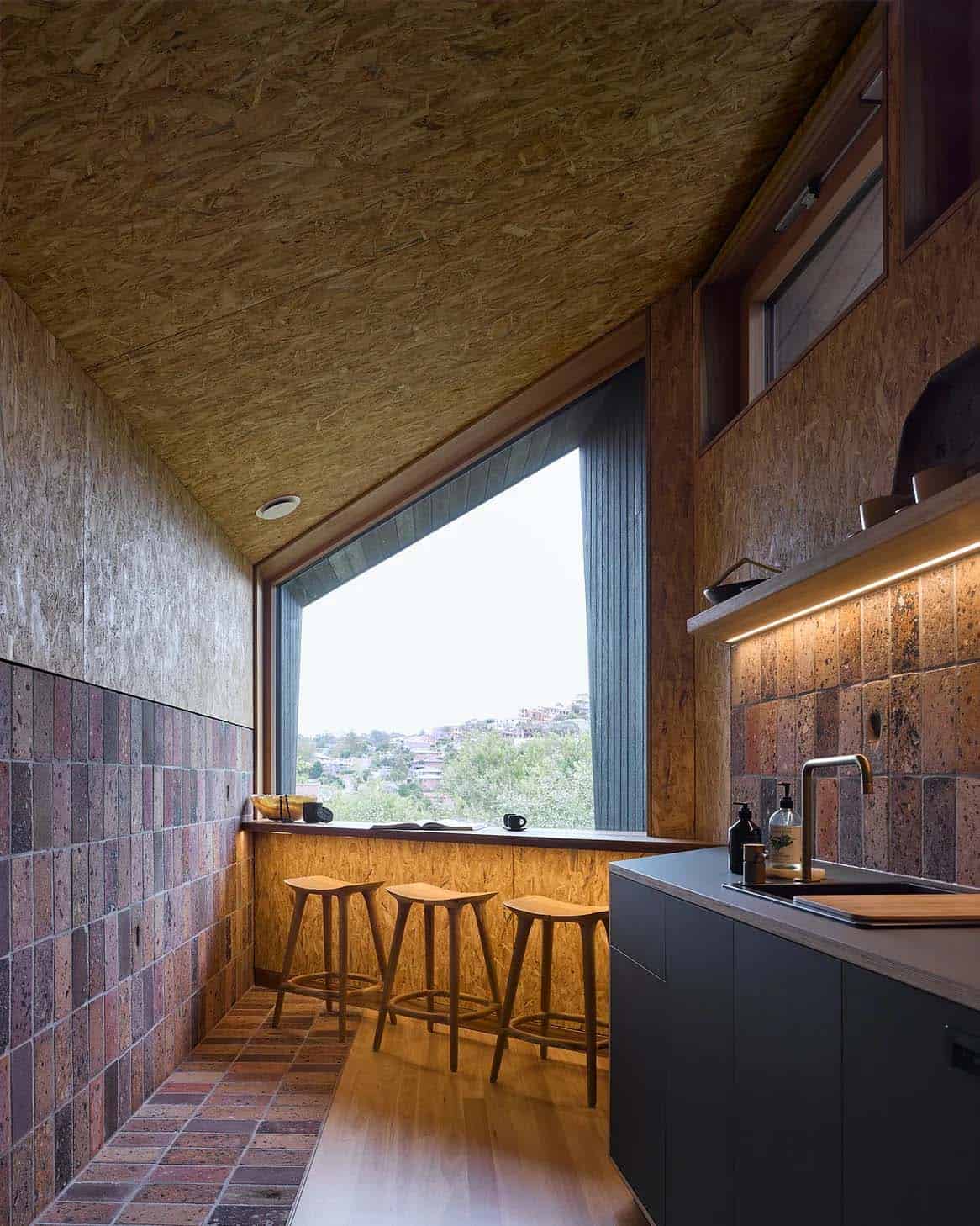
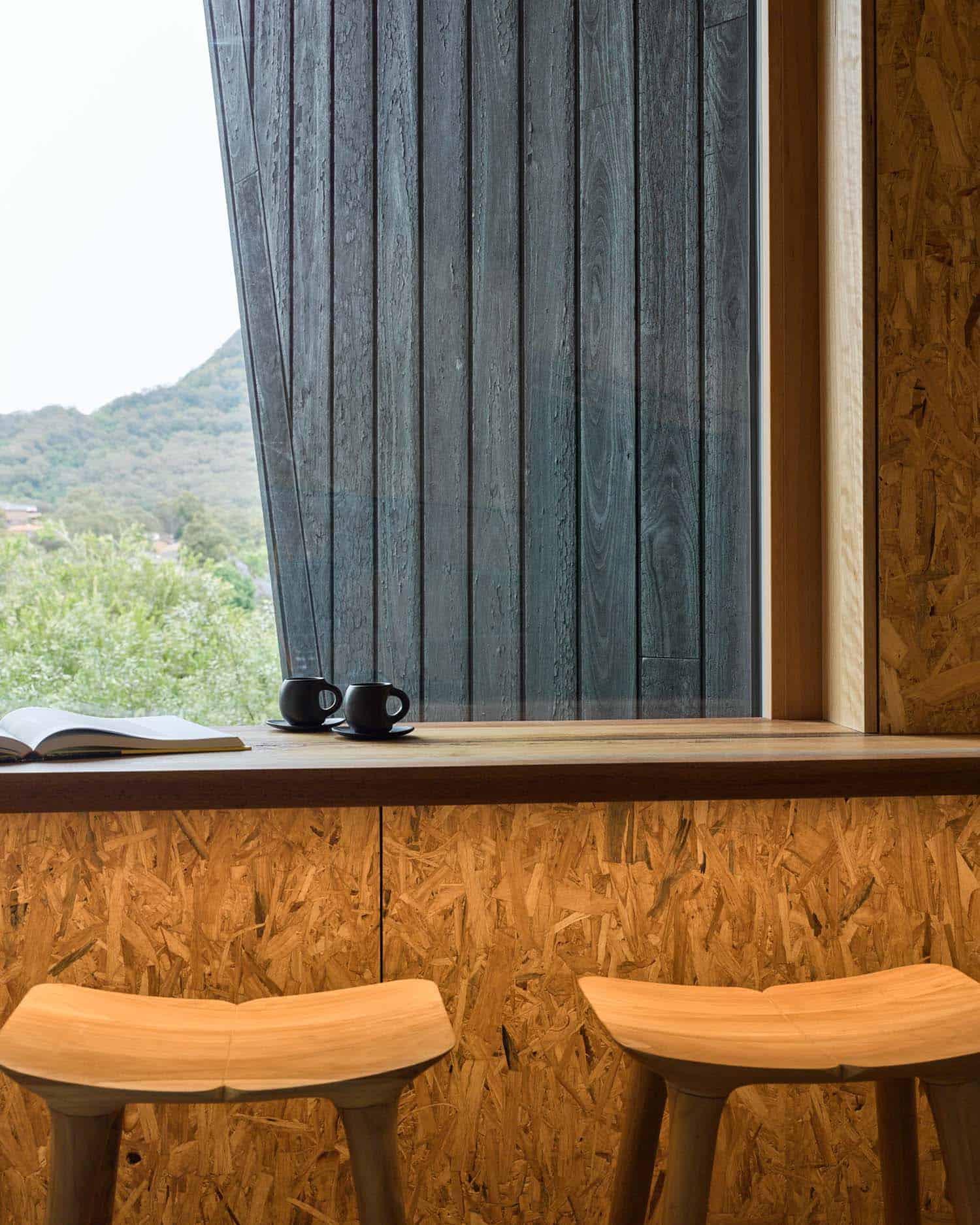
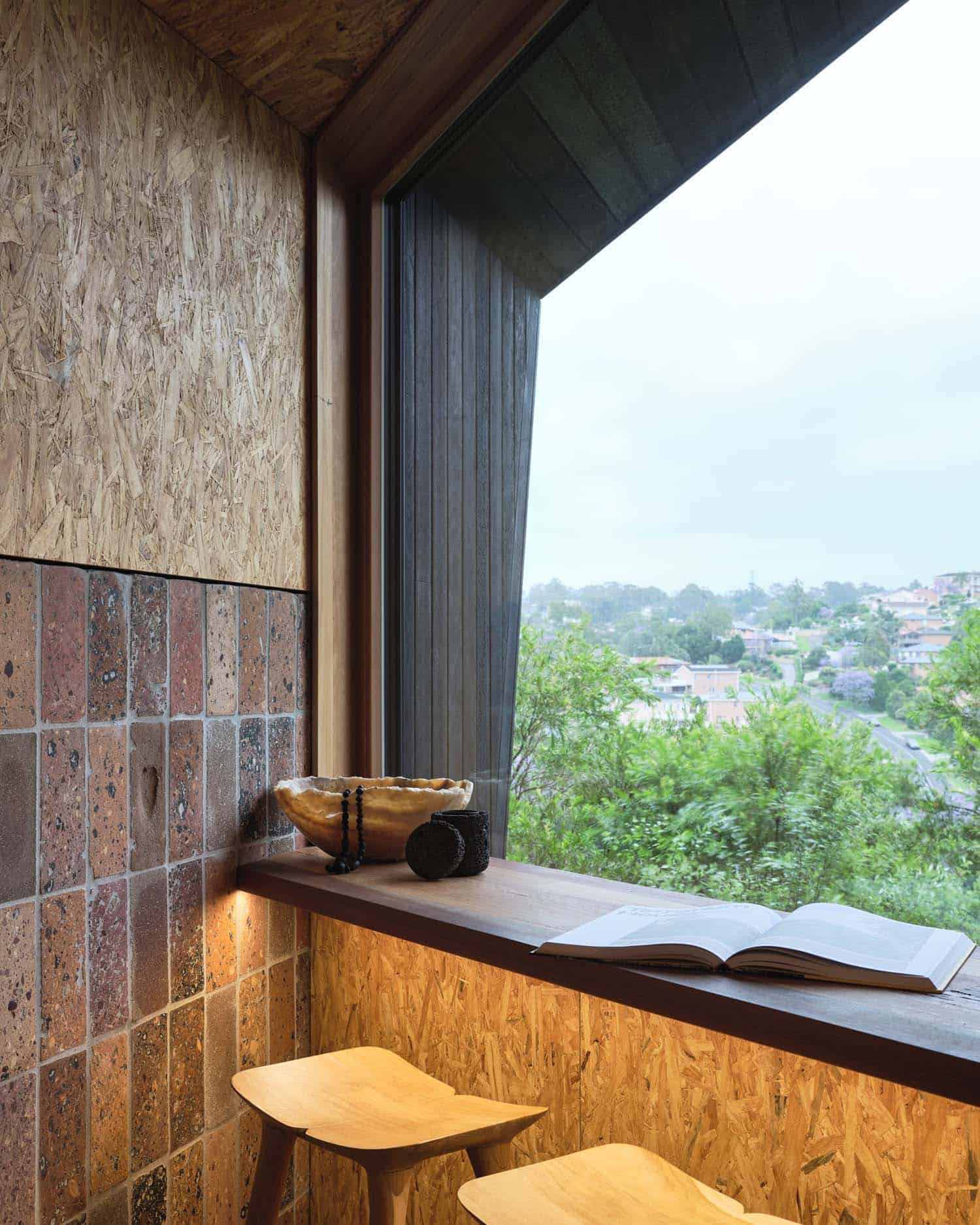
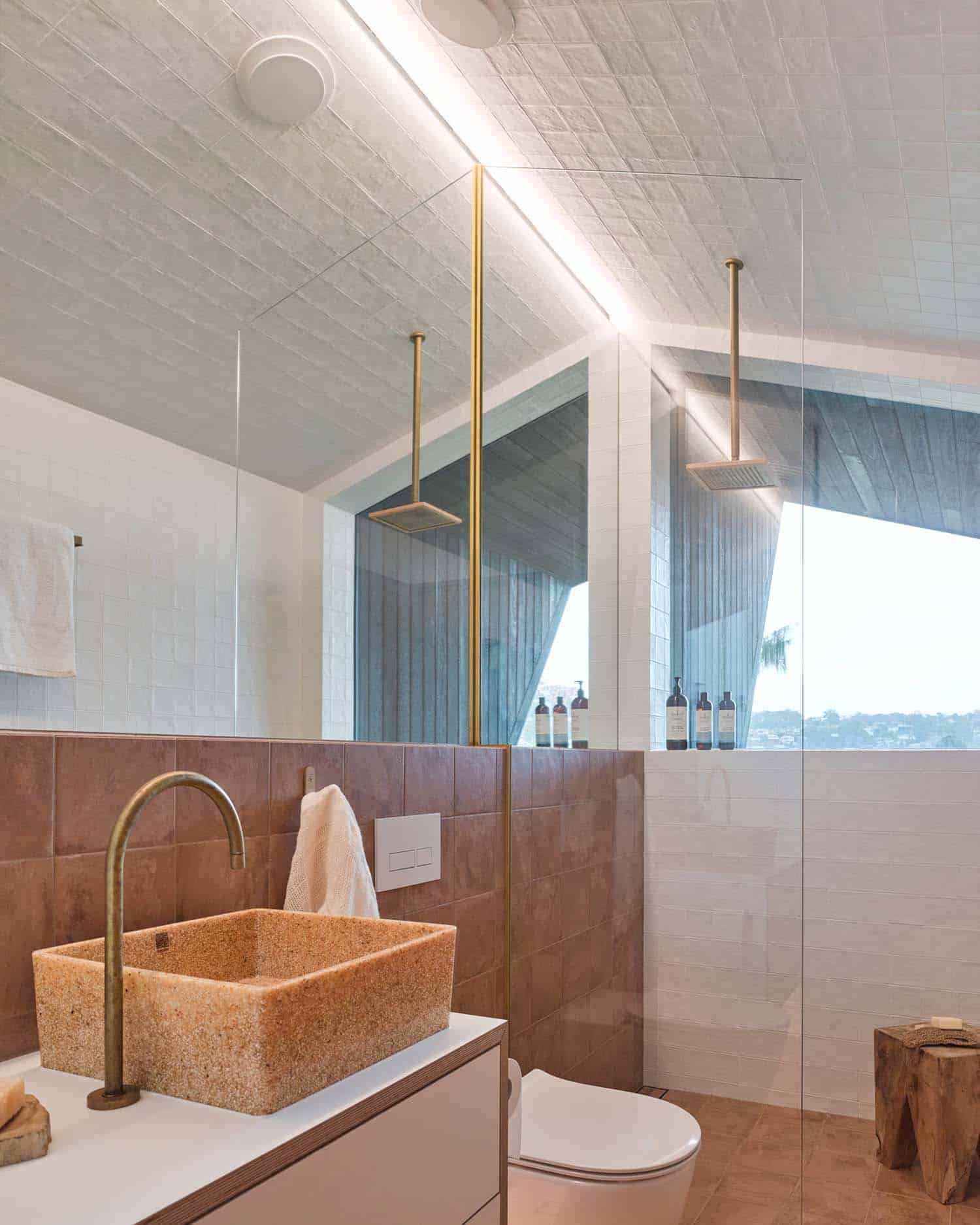
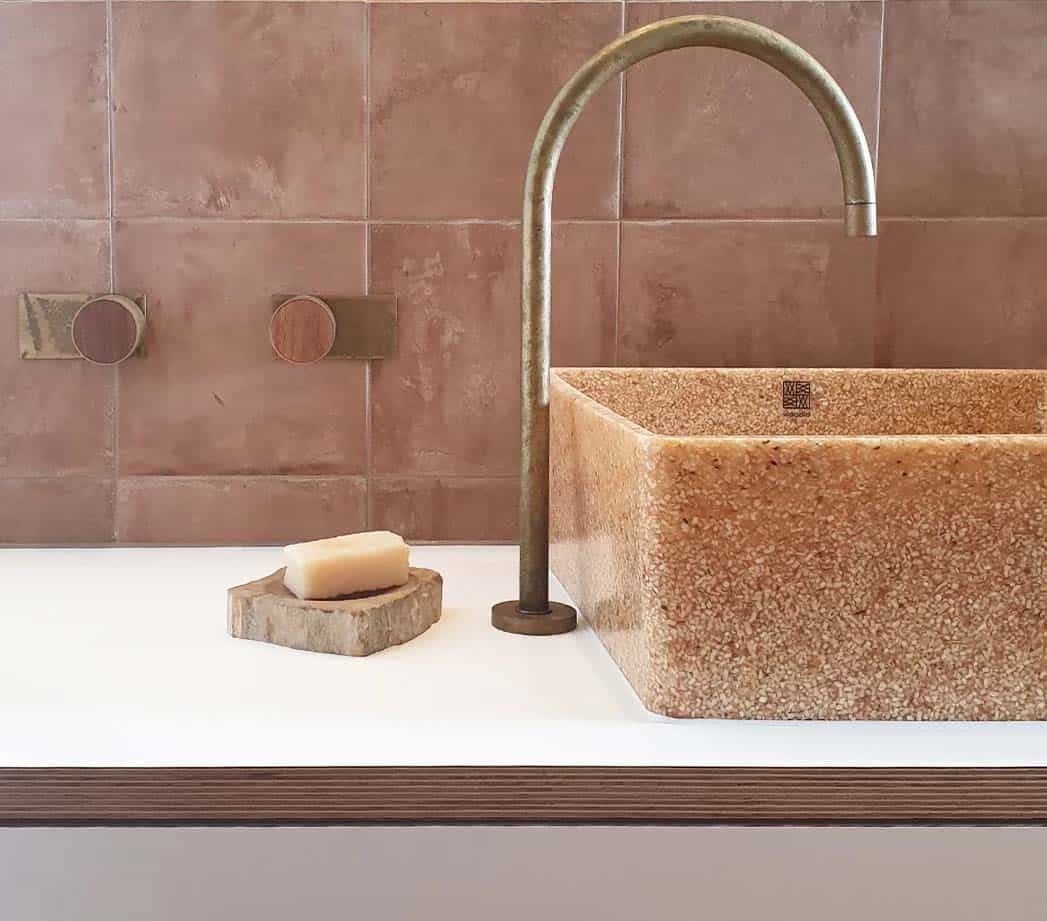
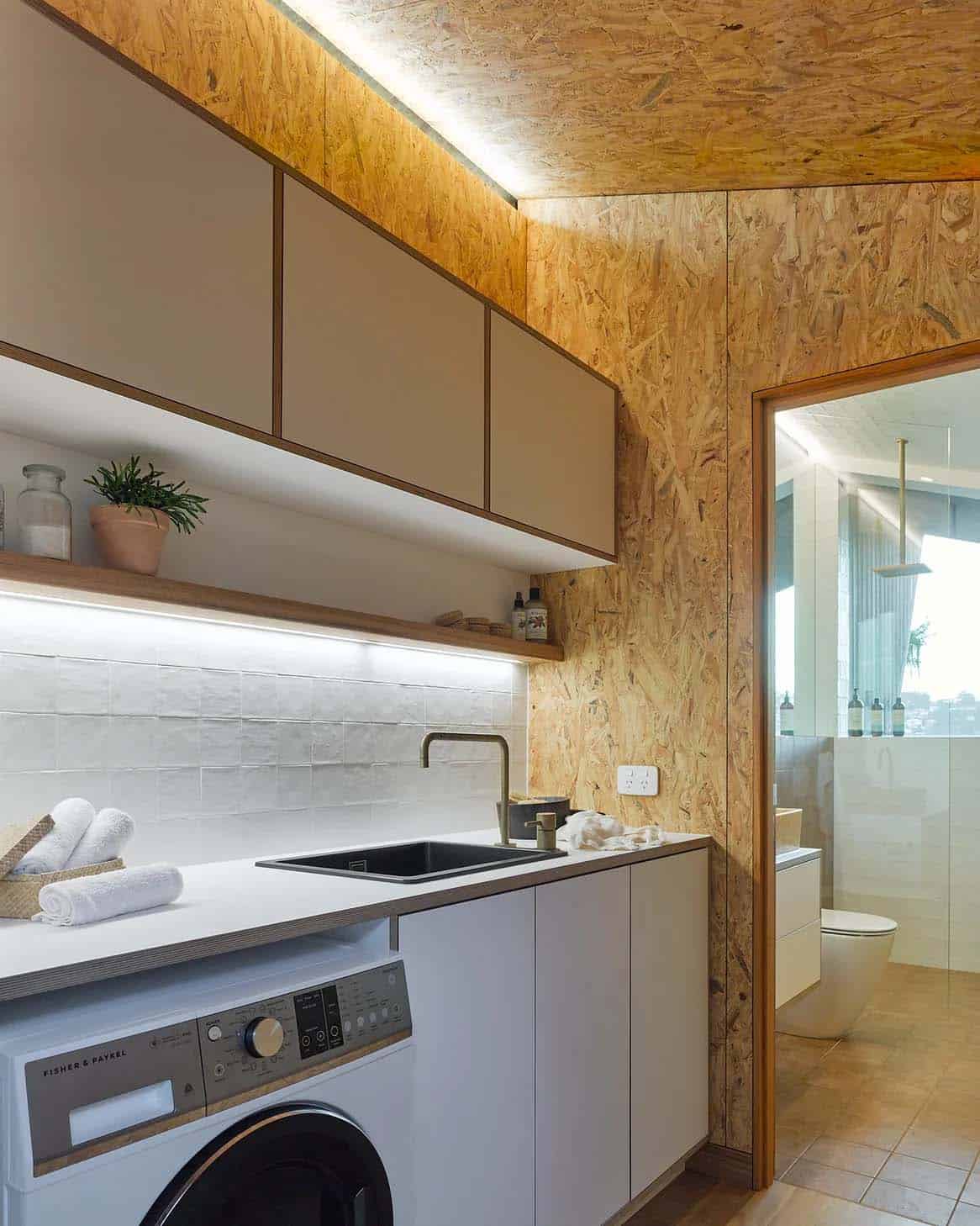
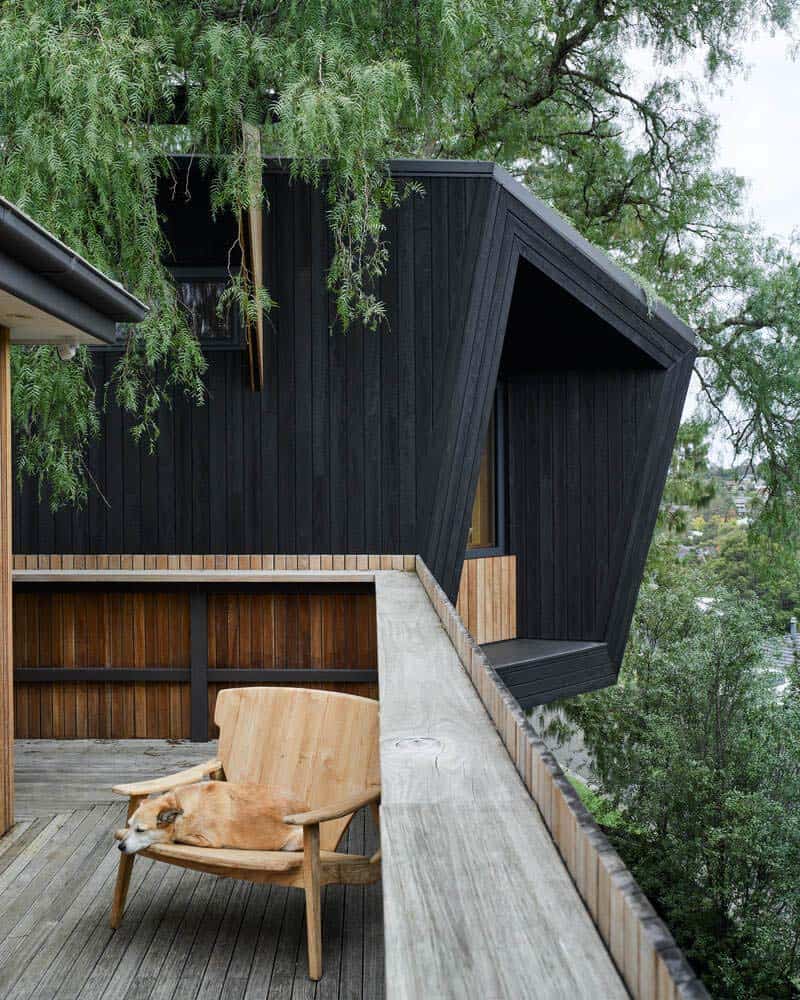
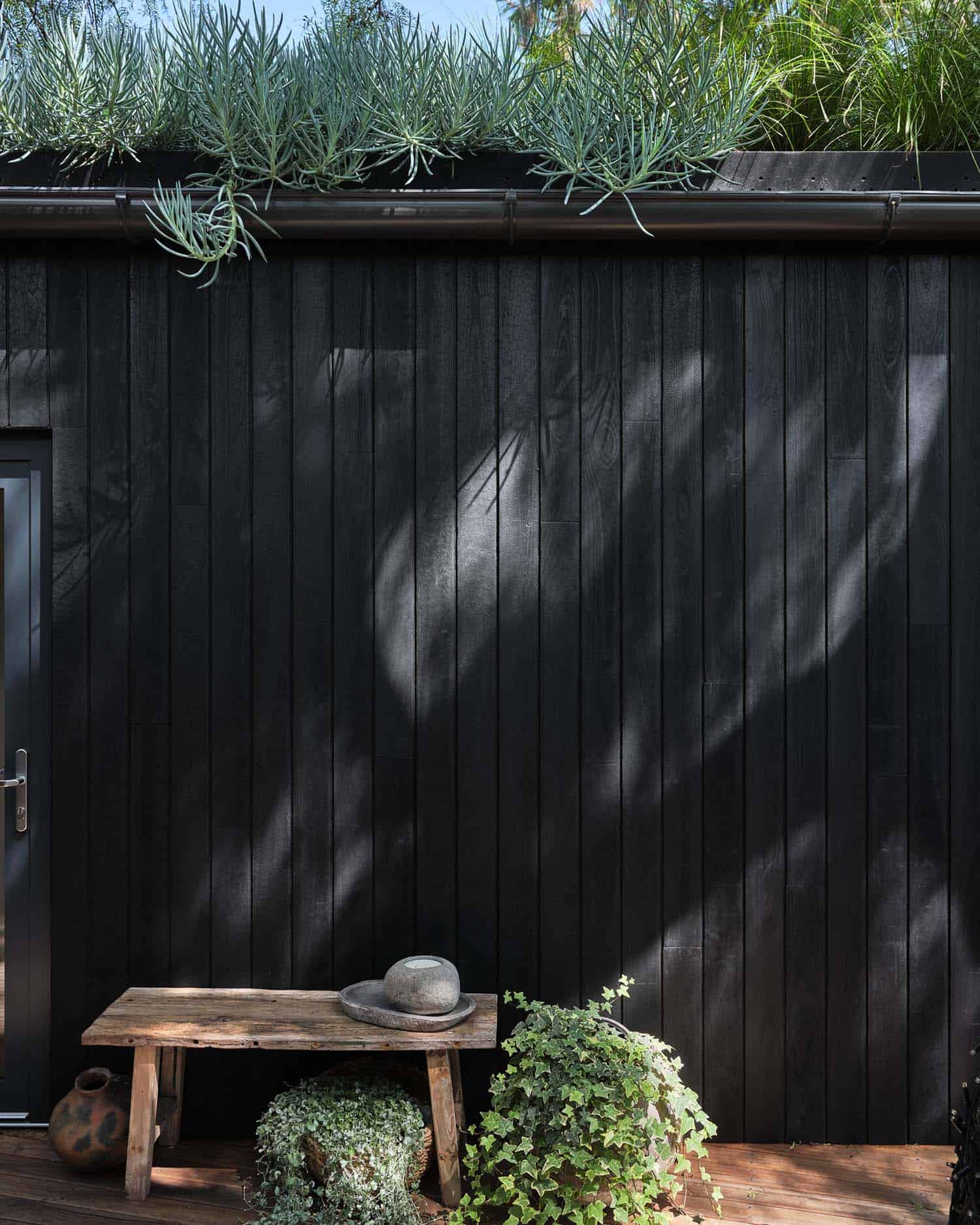
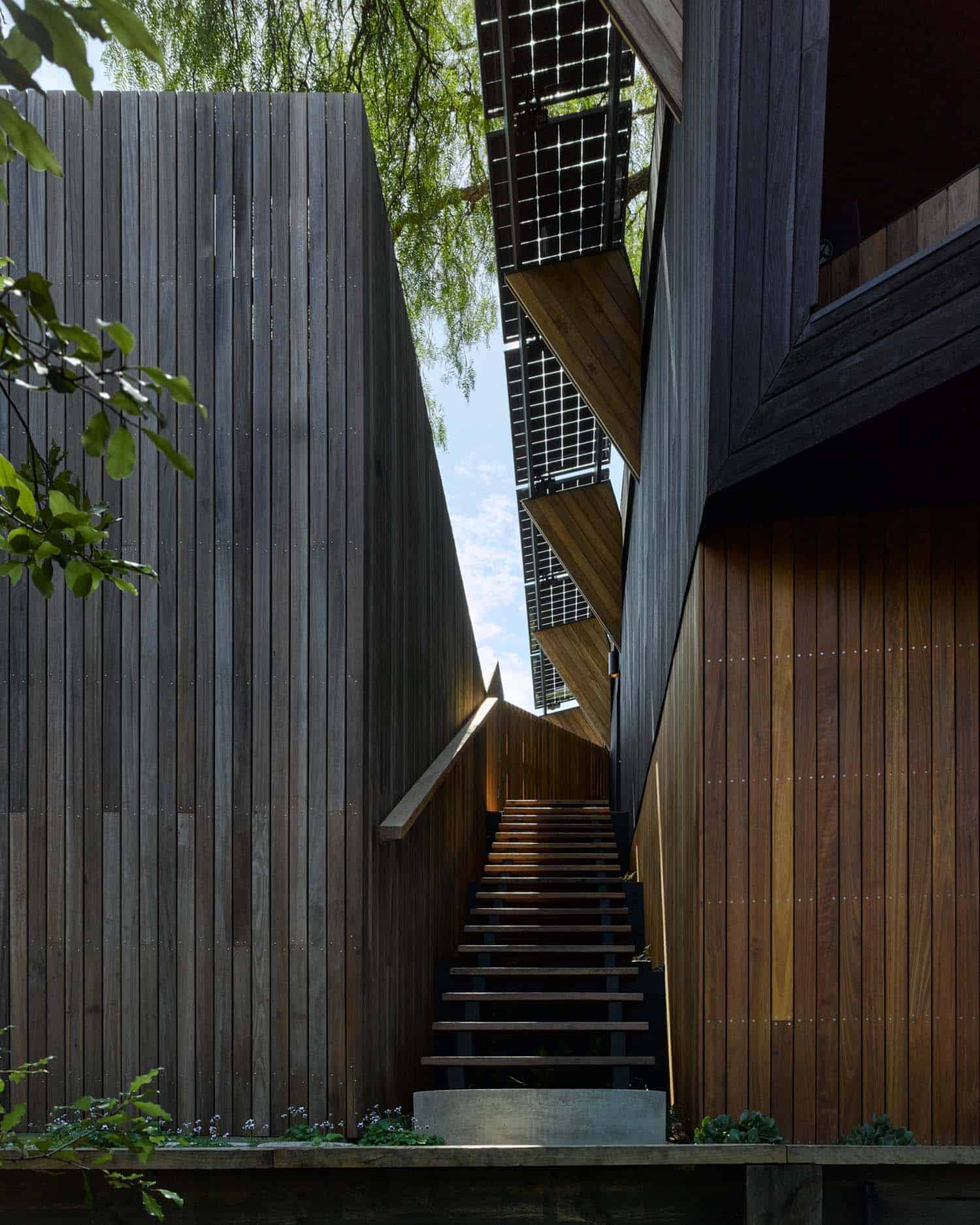
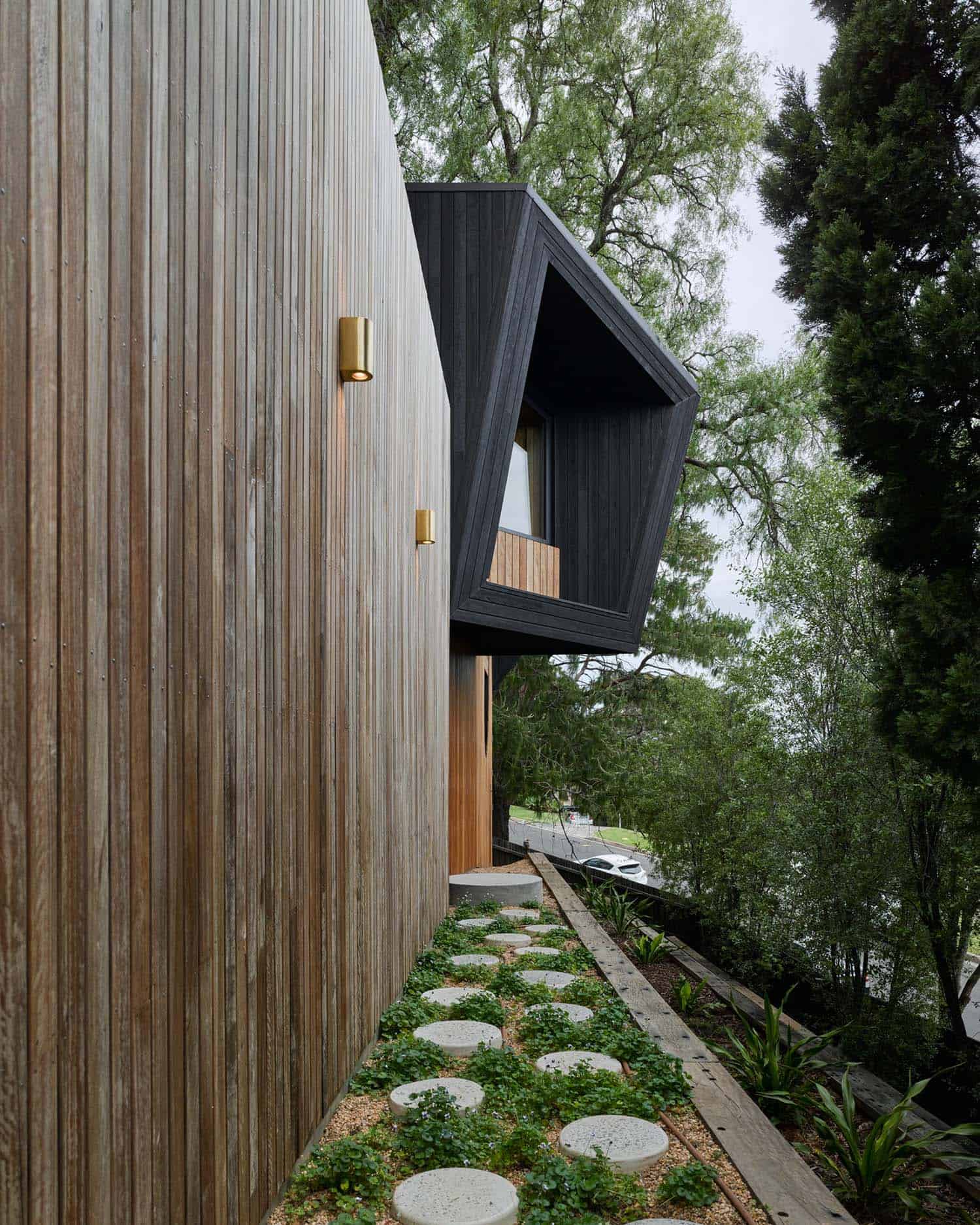
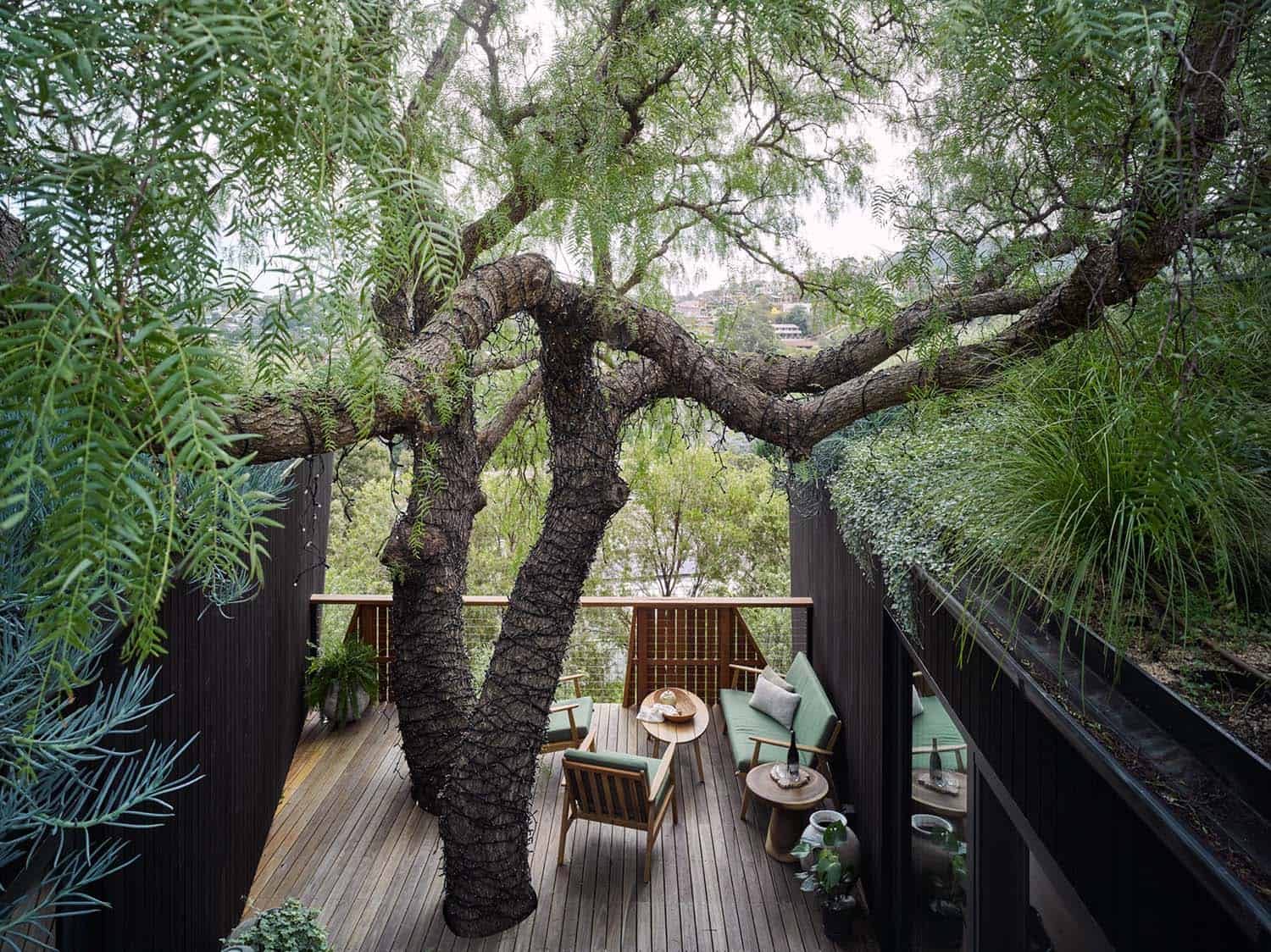
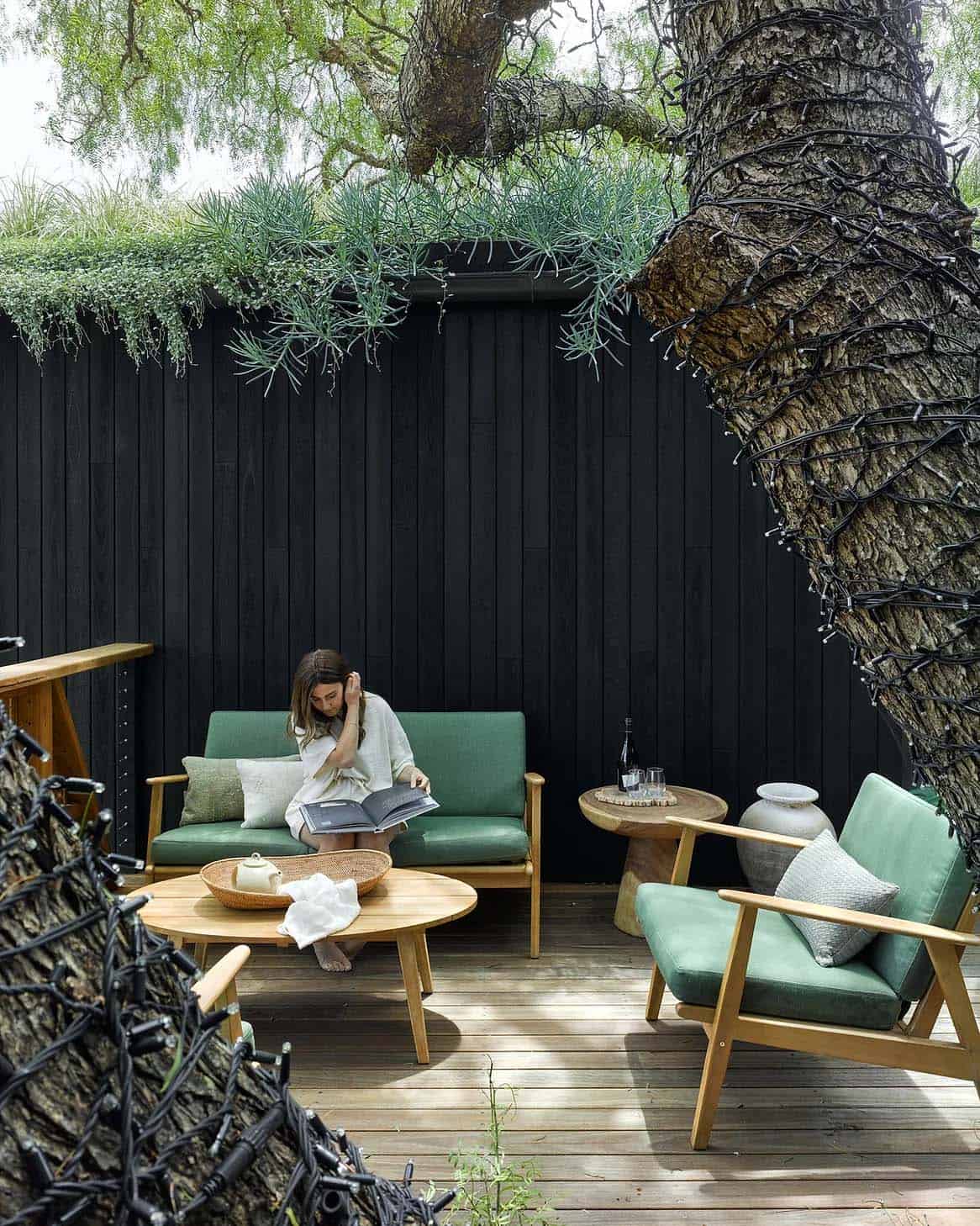
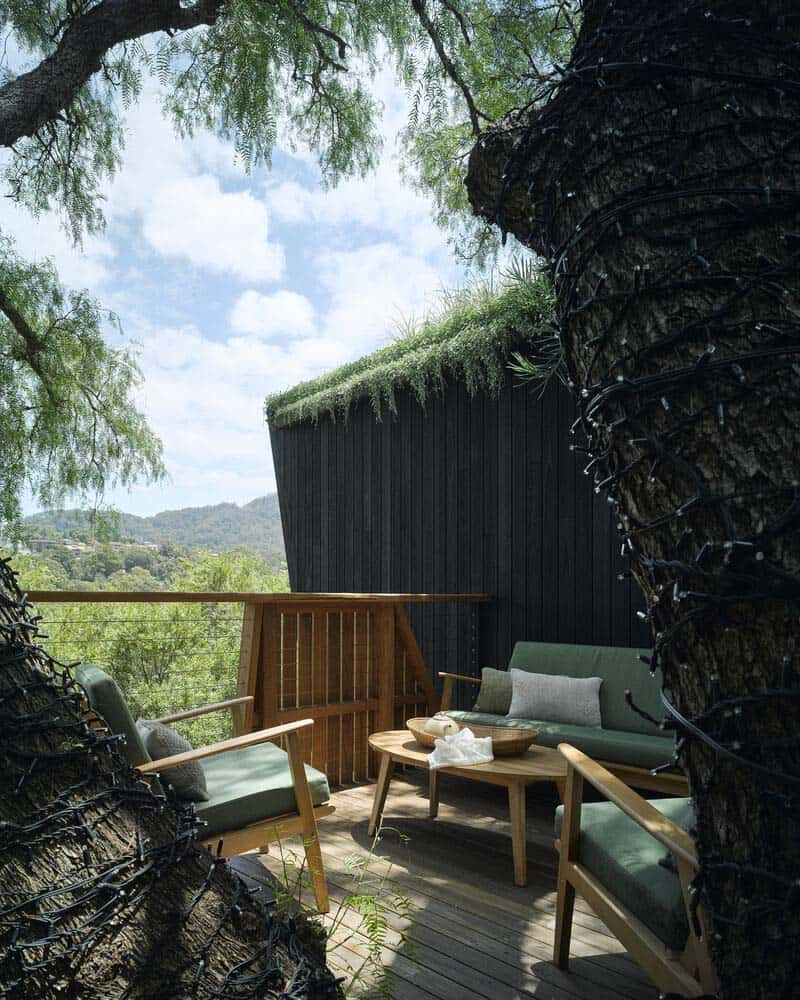
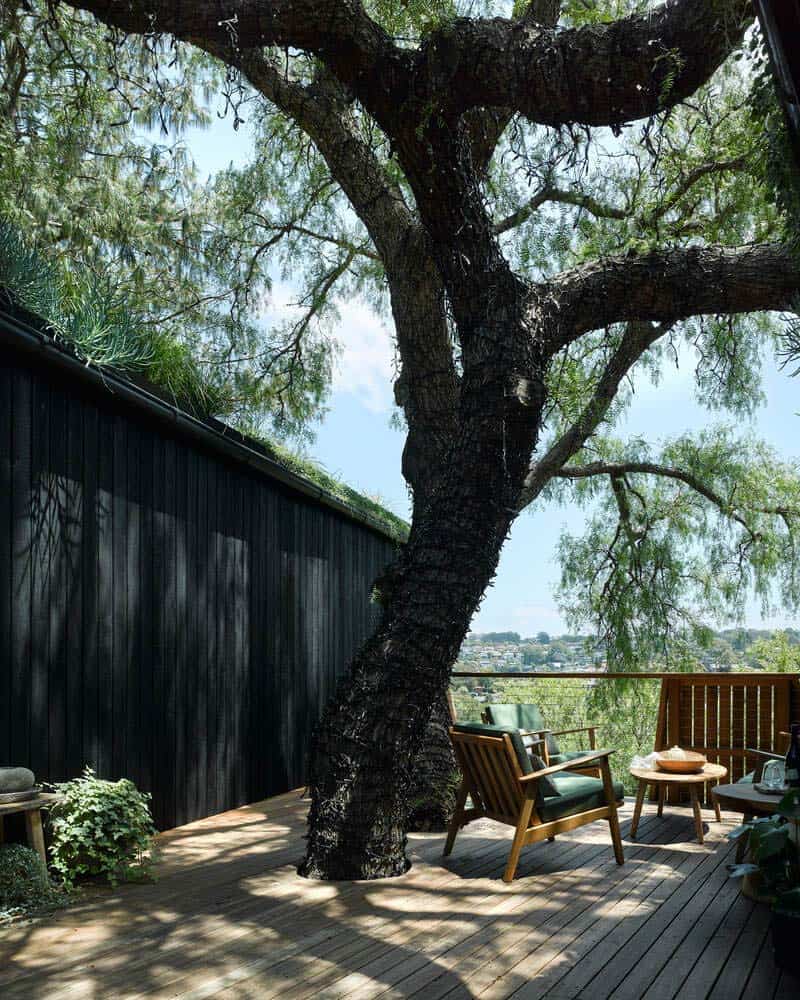
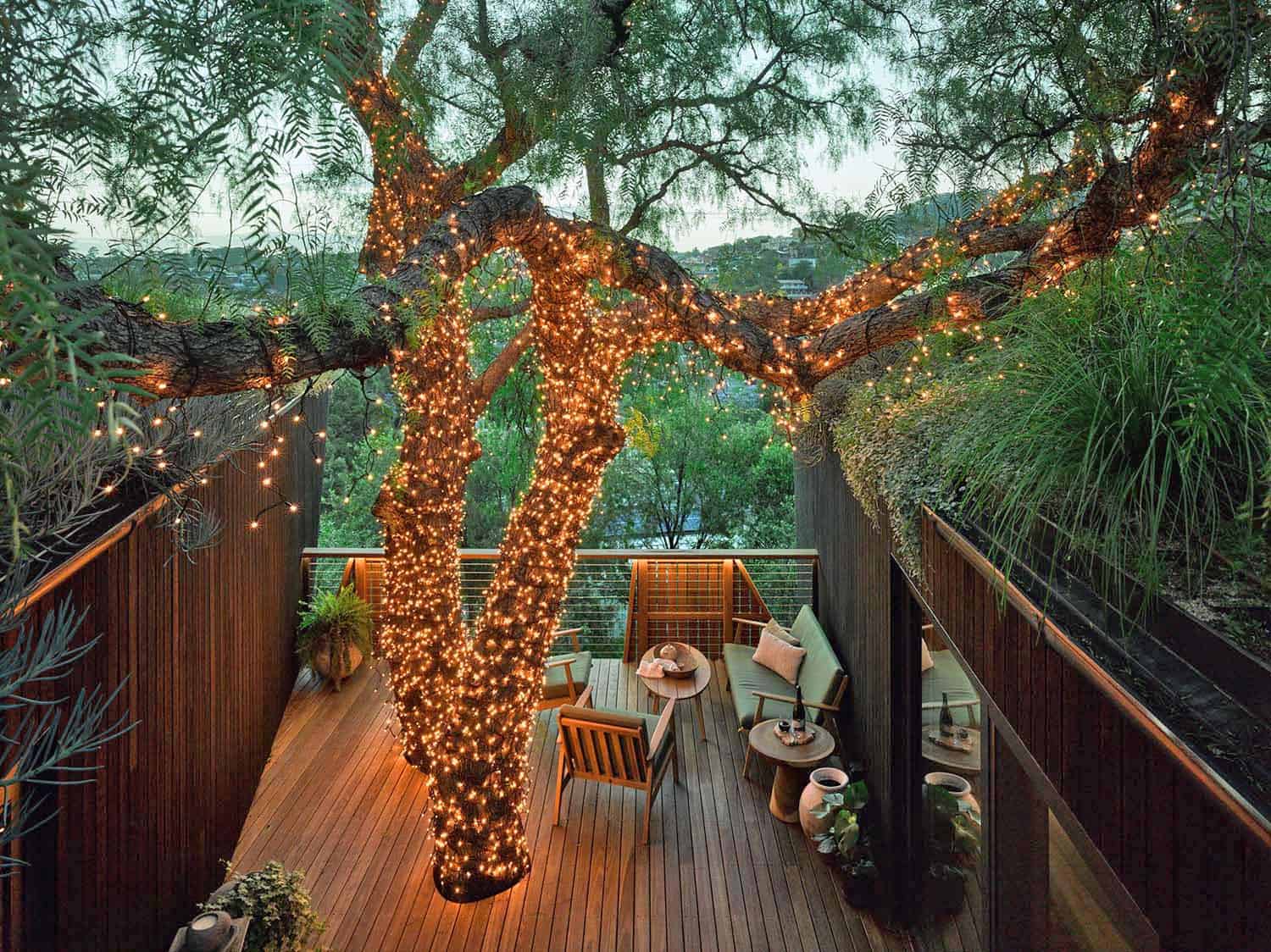
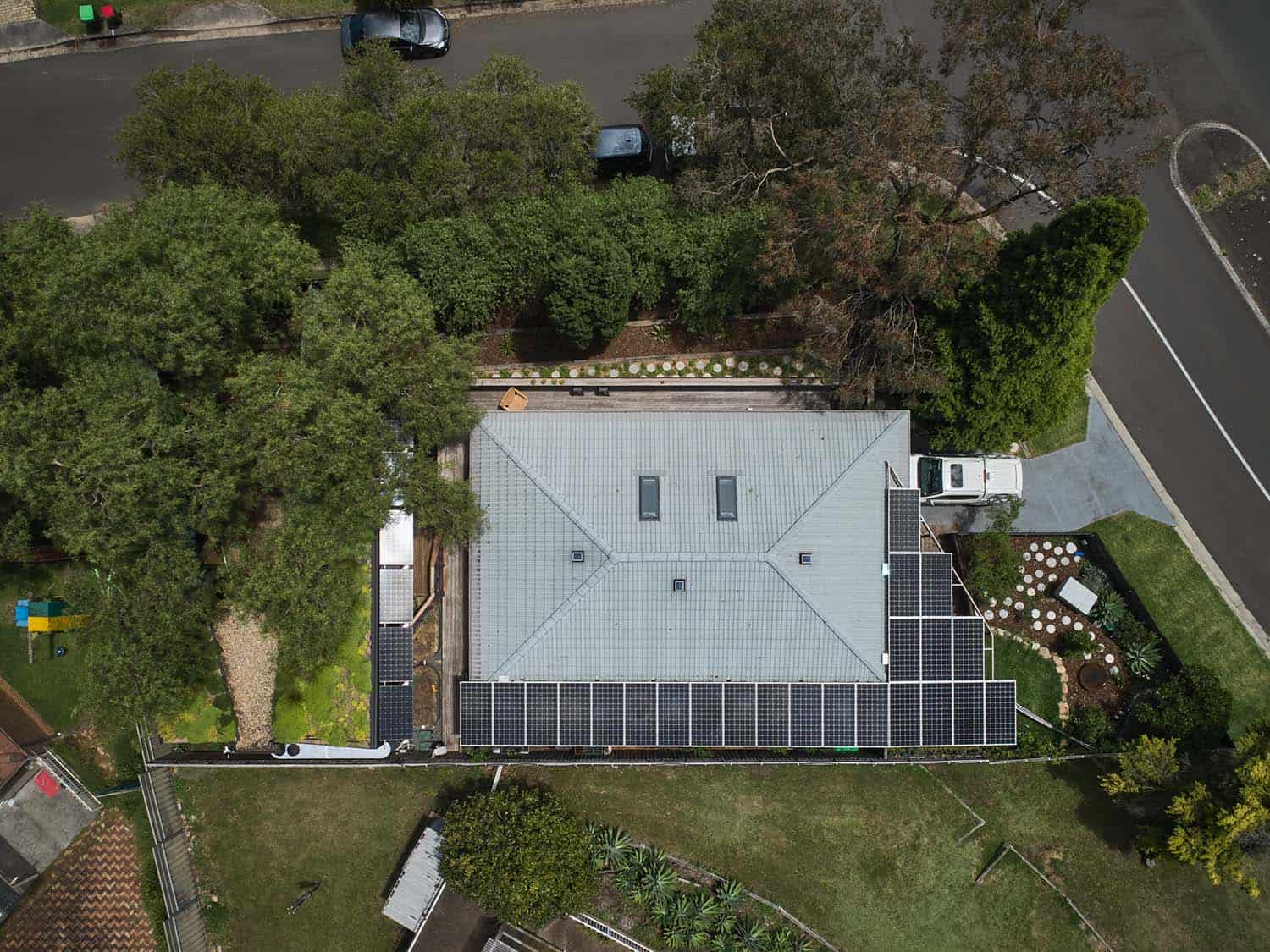




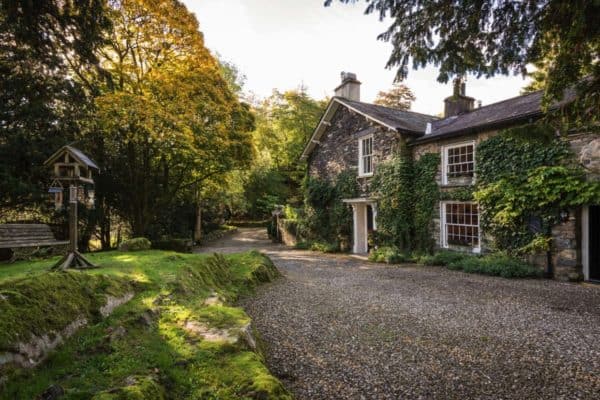
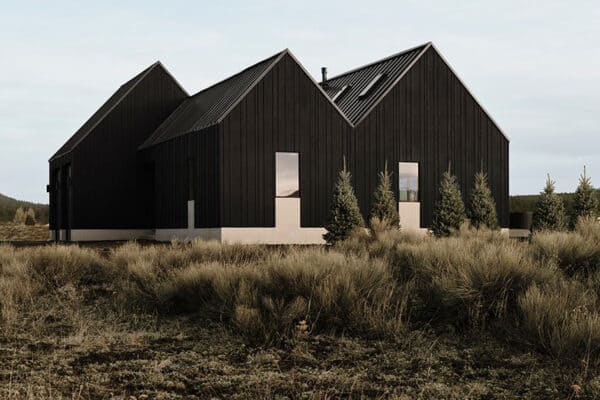

1 comment